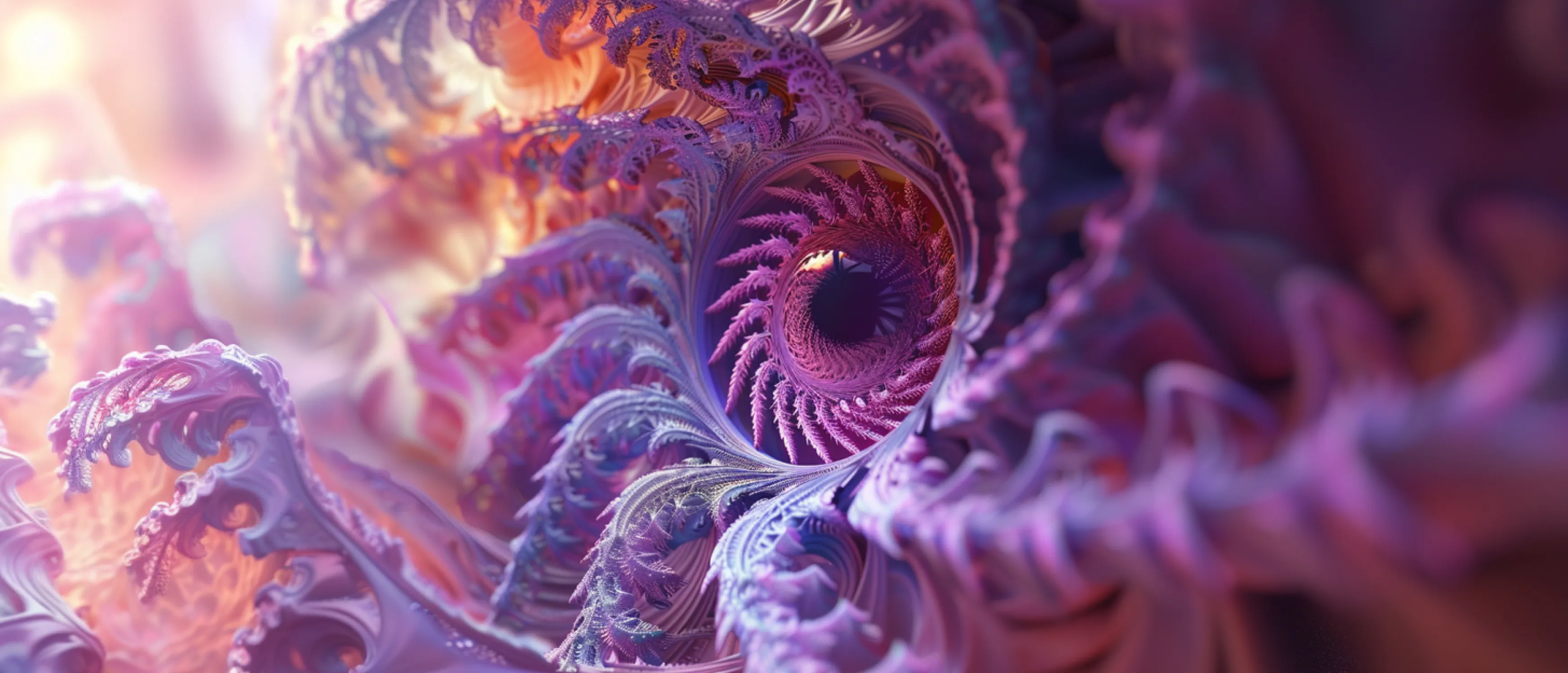WebGPU:
The
future
of
web
applications.
2024


Understanding WebGPU
WebGPU is an experimental API that allows web developers to harness the power of a system's GPU (graphics processing unit) to render high-quality graphics and perform high-performance computing tasks. It is the successor to WebGL, offering better compatibility with modern GPUs, support for general-purpose GPU computing, faster operations, and access to advanced GPU features.
WebGPU key features
-
General Purpose Computing: WebGPU enables the use of GPUs for general purpose computing (GPGPU), which brings many benefits to various applications, including those based on machine learning models.
-
Modern Rendering Features: WebGPU supports the latest GPU rendering features such as computed particles and post-render processing filters.
-
Multi-GPU Support: WebGPU enables the use of multiple GPUs in a single application, which increases the performance and scalability of graphics applications.
-
Performance Optimizations: WebGPU enables performance optimizations such as automatic selection of the best GPU adapter and memory management.
Differences between WebGPU and WebGL
The main difference between WebGPU and its predecessor, WebGL, is the support for more advanced GPU features and support for general-purpose computations on the GPU. Moreover, WebGPU provides faster operations and better compatibility with modern GPUs, making it more suitable for today's demanding web applications.
Summary
The introduction of WebGPU opens up new opportunities for web developers, enabling the full potential of GPUs for graphics rendering and computation. Although it is an experimental technology, its promising features indicate that it could play a significant role in the future of web application development. That's why it's worth following progress in this field and considering how you can use WebGPU in your projects.